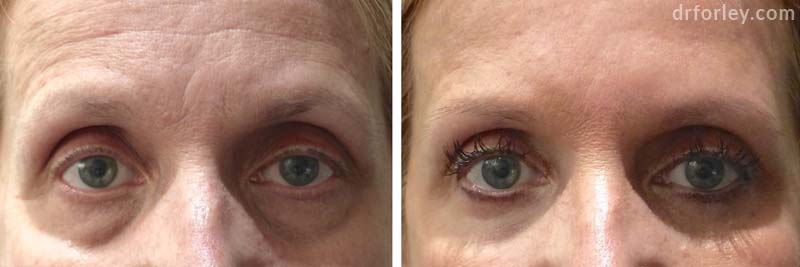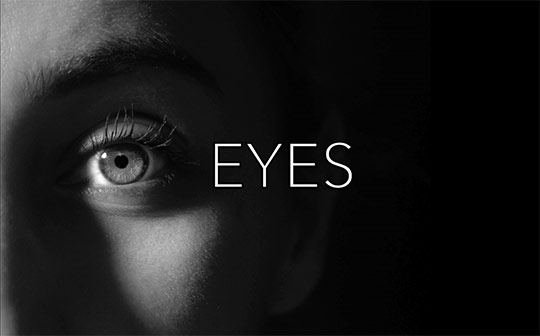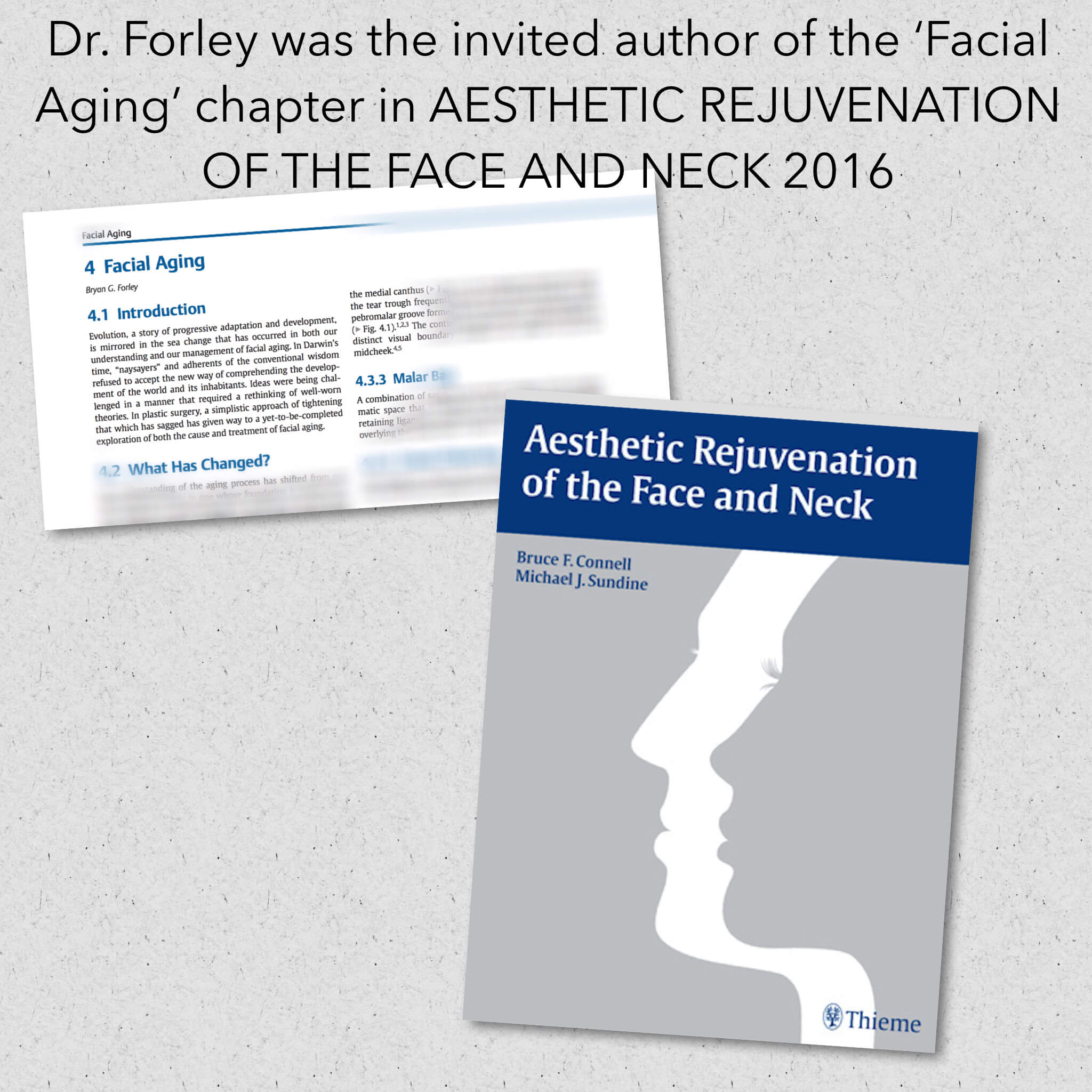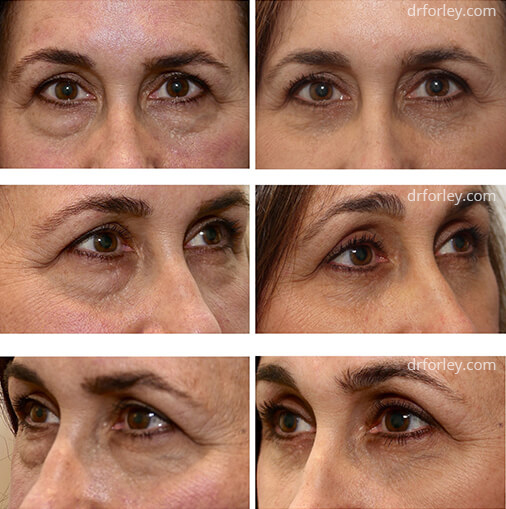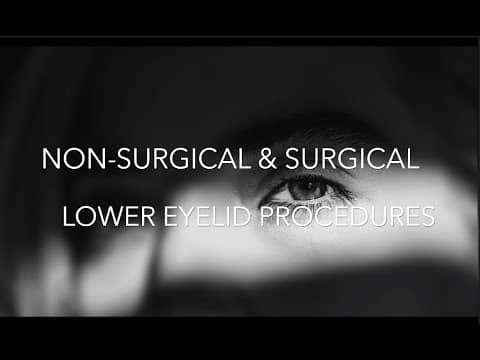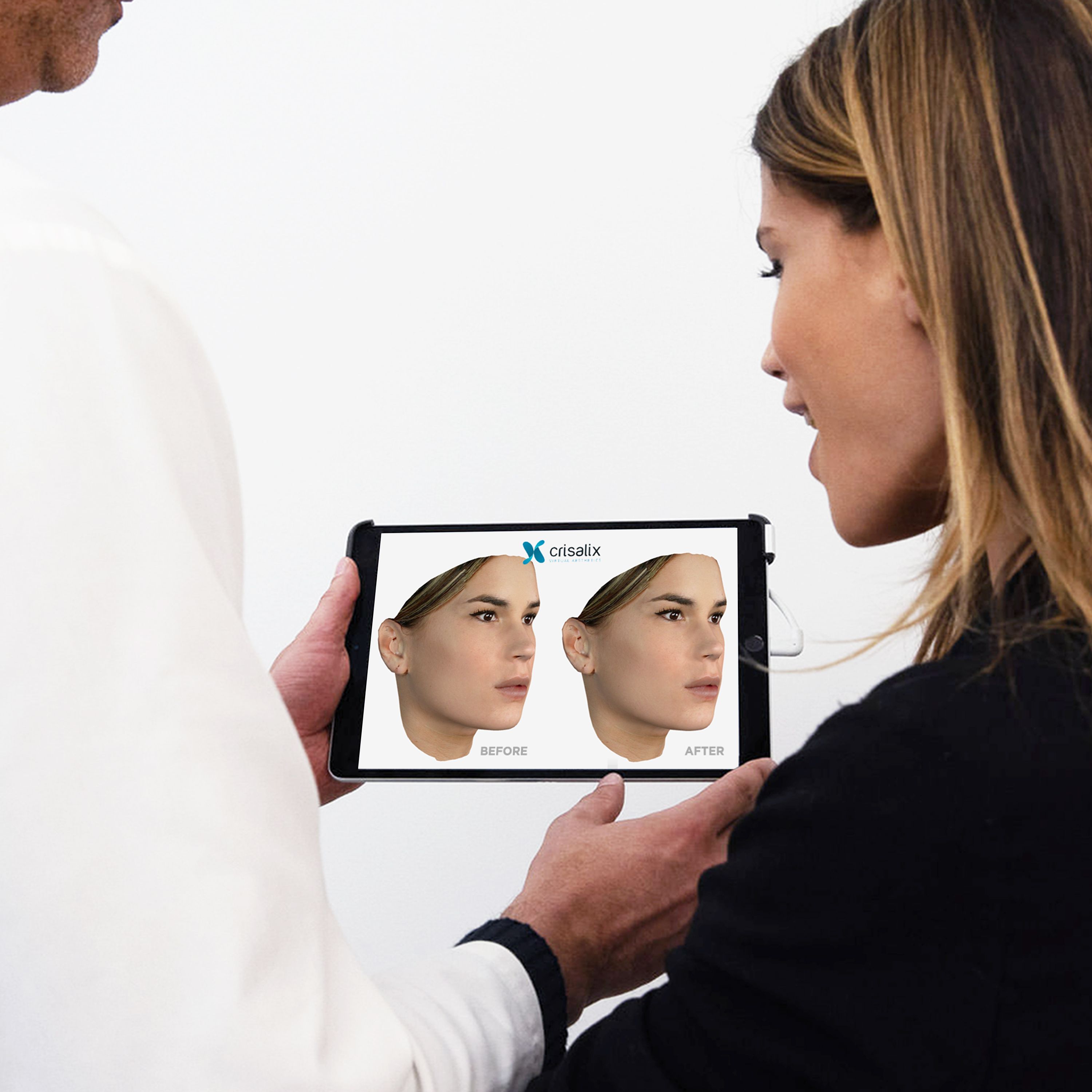The upper and lower eyelids are common sites of early aging changes that gradually progress over time. Frequently, the age at onset of the changes and their severity has a direct correlation with the underlying anatomy. There is great variability in the options available to treat aging changes in the eyelids. Dr. Forley will listen to your concerns, perform an exam of your eyelids, and discuss his recommendations for surgery and potentially a non-surgical option if applicable.
Eyelid surgery or blepharoplasty creates an open, larger, brighter appearing eye. By removing excess loose skin and fatty tissue that produce bags of the upper or lower eyelid, the eye appears larger, less tired, more open and brighter.
In women, excess loose tissue prevents optimal use of makeup and obscures the normal contours of the eyelid. In both women and men, loose, sagging, bulging tissues make the eye appear smaller and more tired or stressed.
The goal of eyelid surgery is to produce a significant improvement in eyelid appearance with the utmost safety.
If you have any type of eye disease or symptoms, these must be carefully investigated and considered in planning your blepharoplasty surgery. After examining you, Dr. Forley may request a consultation from an ophthalmologist prior to performing surgery.
How a Blepharoplasty Is Done
It is critically important that decisions regarding the amount of eyelid skin and fat removal be made with you in the upright position immediately prior to surgery. Your position can affect the decision making process. Measurements made with you in the sitting position enables the most accurate correction in the operating room.
By using very fine electrosurgical instruments for many aspects of the procedure, risks of bleeding and the amount of bruising following the procedure are greatly reduced, speeding your recovery.
Incisions for eyelid surgery are placed deep in the fold of the upper eyelid and immediately beneath the lashes in the lower eyelid to make them inconspicuous. If only fat removal is necessary in the lower eyelid, the incision can sometimes be located on the inside of the eyelid.
During the procedure, excess skin is removed from the upper and lower eyelids to improve the contour. If fatty tissue is producing bulges or bags, only the excess is removed to produce a natural lid appearance. If a hollow appearance or “tear trough” at the junction of your lower eyelid and cheek is present, fat within the lower eyelid may be repositioned rather than removed to achieve a fuller, more youthful appearance. Fat grafts may be added to enhance the contour in the tear trough.
Limitations
There are limits to the amount of tissue that can or should be removed from the eyelid. Excessive removal of fat can produce a hollow, unnatural appearance. In some cases, fat is preserved and repositioned to achieve the desired result. Excessive removal of skin can inhibit proper eyelid closure. The key to the best result is precise planning and selection of the appropriate technique based on careful measurements of your eyelids.
Eyelid surgery cannot remove every wrinkle from the eyelid area and sometimes is supplemented by laser treatments to enhance the final result. It is normal for the appearance of the eyelids to differ at least slightly. Differences that exist in the eyelids on both sides may be improved after surgery, but slight differences will always be present.
Potential Risks
Risks of injury to the eye, infection, or bleeding which could impair vision are extremely small, but do exist, and will be discussed during your consultation with Dr. Forley
We will give you more detailed information about these and other rare risks in our written information, and encourage you to discuss any which concern you during your consultation.
If aging changes exist in areas of the face besides the eyelids, additional procedures may be necessary in those areas for optimal facial appearance.
What to Expect After Your Procedure
You will have virtually no pain whatsoever following your eyelid surgery. You’ll have
some swelling for the first two or three days after surgery, but it decreases rapidly by the third day. Bruising will occur to some degree but varies from patient to patient.
When we remove your sutures on the fourth or fifth day after surgery, you can immediately apply makeup to the eyelids to hide any residual traces of bruising. You can usually return to your normal activities in a week or less.
The Stages of Recovery
Day of surgery: Usually performed as an outpatient procedure in our accredited office surgery facility. A nurse can be booked to monitor you overnight.
Bruising and swelling resolve: 5-10 days or less
Return to work, social activity: 7-14 days or less
Aerobic or strenuous activity: 14-21 days We encourage a return to full normal activity very rapidly. Just don’t do any type of strenuous exercise that would push your pulse over 100 for about two to three weeks. Any aerobic activity that increases your pulse over 100 also increases your blood pressure, and could make you bleed.Go back





